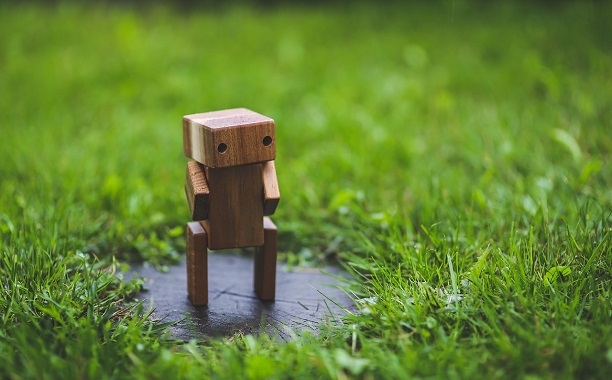A team of engineers at Harvard University’s John A. Paulson School of Engineering and Applied Sciences have designed a 3D-printed autonomous robot with a body which transitions from soft to rigid, which they achieved through the employment of a gradient of material properties.
The study’s senior author Robert J. Wood, Harvard’s Professor of Engineering and Applied Sciences, was quoted by RT as having said that the new soft bot demonstrates “a method to integrate the rigid components with the body of the soft robot through a gradient of material properties,” which in turn eliminates the “abrupt, hard-to-soft transition that is often a failure point” when it comes to robotic design.
This robot is a demonstration of a method to integrate the rigid components with the body of the soft robot through a gradient of material properties, eliminating an abrupt, hard-to-soft transition that is often a failure point (in robotic design)
The accomplishment marks one of the first 3-D printed, soft robots capable of autonomous movements and its design, according to Harvard University, offers a new solution to the engineering challenge of integrated rigid and soft materials.Due to its 3D printed design, the new functionally graded soft robot is relatively inexpensive.It may come as a surprise, but this robot is capable of jumping more than 2.5 feet into the air, which is six times its own height, and more than half a foot laterally. In order to accomplish this feat, the bot inflates one or more of its pneumatic legs in order to position itself in the right direction for its jump and then fills its body with a mixture of oxygen and butane which it ignites in order to propel itself through the air.The design came as a result of an attempt to construct an efficient pneumatic jumping robot which resulted in three variants:
- Flexible BodyRigid BodyBody Transitioning From Rigid To Flexible
Based on calculations alone, the completely flexible variant was determined to be a poor jumper, which caused the researchers to focus their efforts on the rigid and gradient variants. While the rigid bot ended up being the best jumper in regards to heights achieved, it took a real beating when it came to landings. The gradient version, on the other hand, was able to survive over 100 jumps, Popular Science reported.
In other news, researchers at UC Berkeley have designed a cockroach robot capable of traversing narrow gaps with a simple aesthetic modification.
























